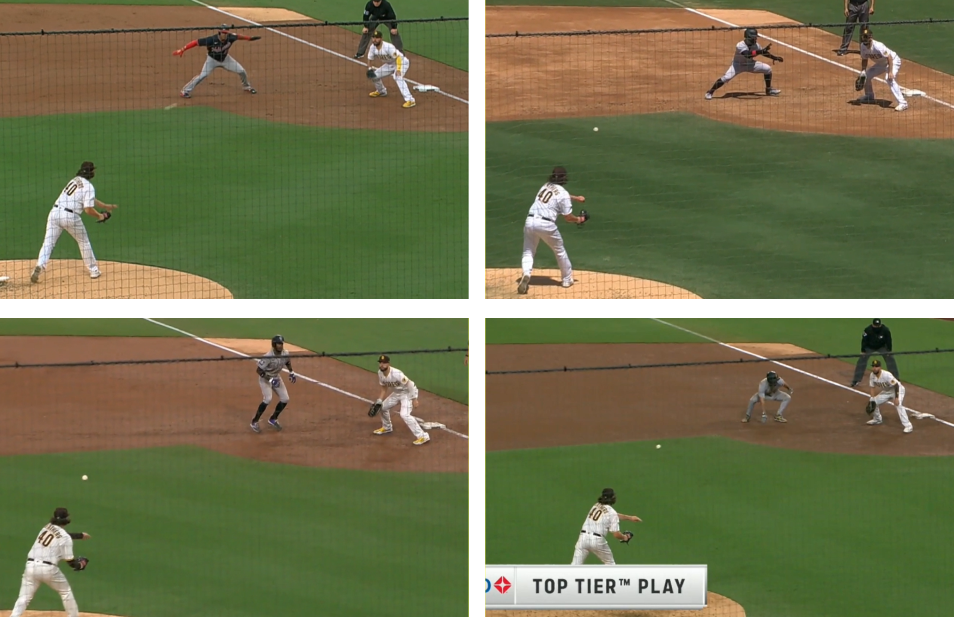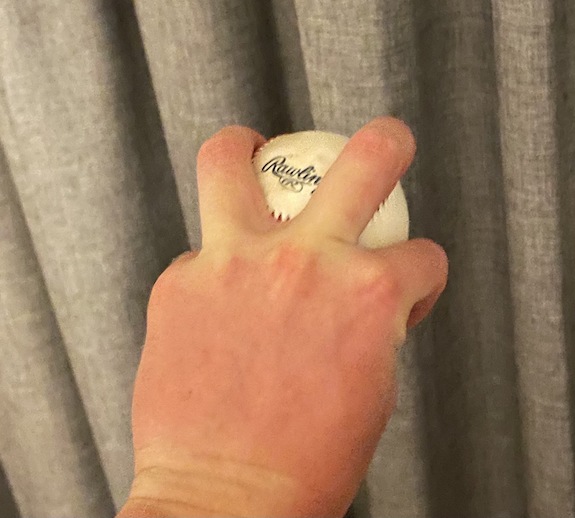Juan Soto, Your Favorite Hitter’s Favorite Hitter
There are tons of great hitters in the game today. Vladimir Guerrero Jr. is having the breakout season presaged by his pedigree and minor league success. Shohei Ohtani has 45 home runs and somehow also pitches. Fernando Tatis Jr. has a .618 slugging percentage and plays shortstop. I haven’t even mentioned the old guard of “best hitters” — Mookie Betts, Bryce Harper, and ringleader Mike Trout.
They’re all great — and they’re all worse than the best overall hitter on the planet, Juan Soto. Soto is comical. He put on a rookie performance for the ages, and has done nothing but improve since then. The Ted Williams comps he’s drawn aren’t given out lightly. All those wonderful hitters — and Wander Franco, and whoever else you want to name — are looking up at him.
Normally, I’d try to write a “here’s how he does it” article. That doesn’t work with Soto. How does he do it? My best guess is that he’s a time-traveling wizard from the future who set his sights on being the best hitter he could be. Since I’m not an expert in either time travel or wizardry, you’ll have to settle for three vignettes about Soto’s unparalleled excellence. Read the rest of this entry »





